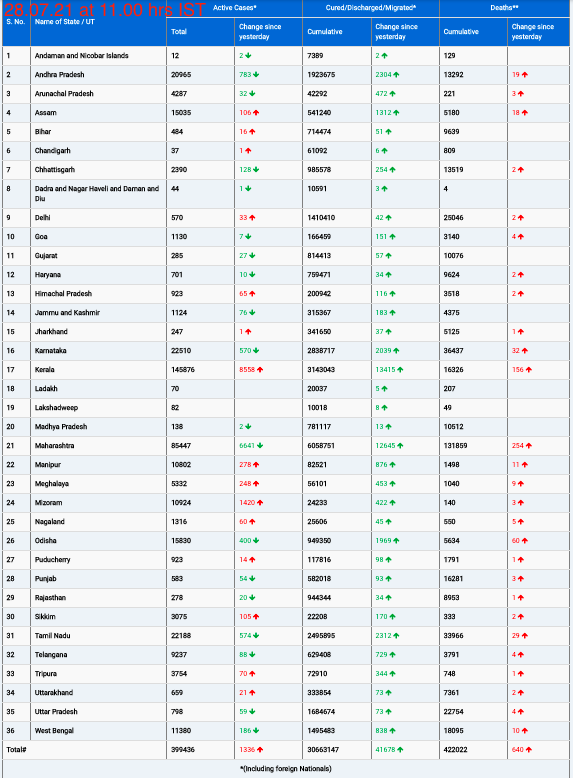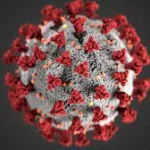A groundbreaking global research collaboration has uncovered how certain gut cells activate pain signals that can persist long after the initial trigger, potentially leading to chronic pain in conditions such as irritable bowel syndrome (IBS) and inflammatory bowel disease (IBD).
The study, published in Nature, highlights the critical role of enterochromaffin (EC) cells in detecting harmful stimuli and releasing neurotransmitters that influence nerve communication with the brain. The research was led by Professor Stuart Brierley from the South Australian Health and Medical Research Institute (SAHMRI), along with Nobel Laureate Professor David Julius, Dr. Kouki Touhara from the University of California San Francisco (UCSF), and Professor Yulong Li from Peking University.
Key Findings
The researchers identified two distinct types of EC cells that respond to different gut conditions:
- Villus EC Cells: Located higher up in the gut lining, these cells act as an early warning system by detecting harmful stressors, such as oxidative damage. When activated, they release serotonin and ATP, which trigger nerve pathways that send pain signals to the brain.
“Villus EC cells act like guards, releasing both serotonin and ATP as an alarm system for the body, alerting it that there’s a problem in the gut,” said Prof. Brierley.
- Crypt EC Cells: Found deeper in the gut lining, these cells respond to irritants such as certain compounds in spicy foods like wasabi and mustard. Normally, crypt EC cells regulate secretions aiding digestion, but when exposed to harmful irritants or during inflammation, they flood the system with serotonin, activating nerves and causing discomfort or pain.
“These crypt EC cells, under normal conditions, help regulate gut secretions, but when they encounter harmful stimuli, they shift into overdrive, contributing to pain and discomfort,” Prof. Brierley added.
Implications for Chronic Gut Pain Treatment
By improving our understanding of how these gut sensors interact with the nervous system, researchers aim to develop new treatments that target pain at its source.
“We now have a much clearer picture of how gut pain is generated and maintained,” Prof. Brierley stated. “If we can find ways to regulate how EC cells are activated, it could lead to more effective treatments for chronic gut pain, which affects millions of people worldwide.”
Future Directions
This discovery paves the way for novel therapeutic strategies that could potentially alleviate chronic gut pain by modulating the activation of EC cells. Researchers hope that by targeting these pain pathways, they can improve the quality of life for individuals suffering from gut-related conditions.
For more details, refer to the original publication: Kouki K. Touhara et al, Topological segregation of stress sensors along the gut crypt–villus axis, Nature (2025). DOI: 10.1038/s41586-024-08581-9.
Disclaimer: This article is for informational purposes only and does not constitute medical advice. Individuals experiencing gut-related pain or symptoms should consult a healthcare professional for diagnosis and treatment options.












